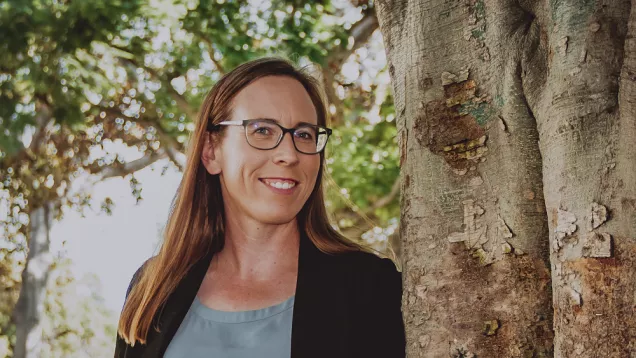
 As we kick off this blog, let’s start with one of the most fundamental urban forestry principles: Right Tree, Right Place. In almost every interview I’ve done since taking this position, the interviewer has asked me to name one or more species that we “should be” planting. Although there are many tree species that do well in our City, I have refused to name any, because the decision must be made site-specific. Most problems that occur after a street tree has been planted are due to the wrong species of tree being planted in an inappropriate location. Tall trees planted under overhead wires, trees with aggressive root systems planted adjacent to buildings, and large tree species planted in a four-foot parkway are all examples of wrong tree, wrong place. (The term “parkway'' is the term used to refer to the space between the sidewalk and the curb; it is also sometimes called a planting strip.)
As we kick off this blog, let’s start with one of the most fundamental urban forestry principles: Right Tree, Right Place. In almost every interview I’ve done since taking this position, the interviewer has asked me to name one or more species that we “should be” planting. Although there are many tree species that do well in our City, I have refused to name any, because the decision must be made site-specific. Most problems that occur after a street tree has been planted are due to the wrong species of tree being planted in an inappropriate location. Tall trees planted under overhead wires, trees with aggressive root systems planted adjacent to buildings, and large tree species planted in a four-foot parkway are all examples of wrong tree, wrong place. (The term “parkway'' is the term used to refer to the space between the sidewalk and the curb; it is also sometimes called a planting strip.)
When planting a tree, we should consider many factors - the most important one being space. In the location you want to plant, how much space will the tree have to grow? This question refers to both space for the roots in the ground AND the space for the tree to grow up and out as it matures. When space is taken into account, you don’t end up with trees getting tangled in overhead lines or pushing up sidewalks - two of the reasons some view as the “problems” with street trees. If you are careful picking the right tree for your location, you will have a tree you can enjoy for years to come!